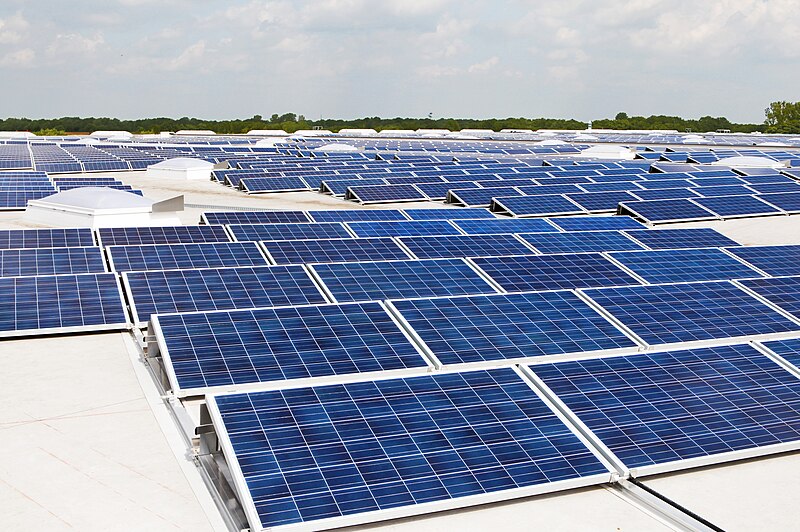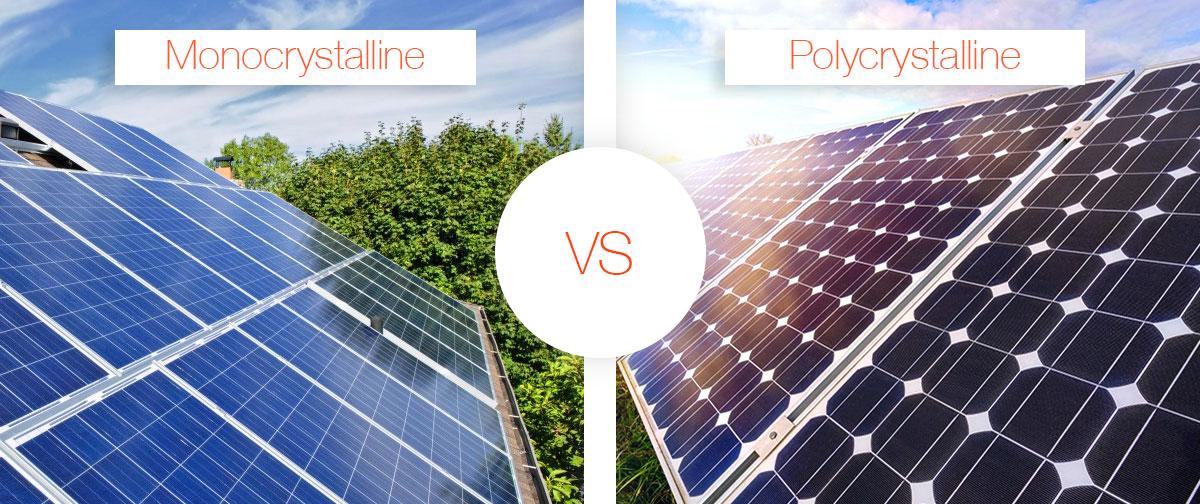Solar panels produce direct current (DC), Solar cells convert sunlight directly into electricity using the photovoltaic phenomenon, and a single solar cell produces only 0.5-0.6 volts vs hundreds of thousands in batteries as lead acid or lithium-ion cells. In practice, numerous photovoltaic cells are connected in series to create a panel of solar panels capable of producing tens or hundreds of volts DC. A typical residential PV system output is a DC power of 6–8 kW. This DC power, however, needs to be converted back into AC by an inverter, a process which is around 97-99% accurate and allows the system to then plug & play with standard household grid alternating current (AC) systems.
Working Principle of Photovoltaic Cells
The photovoltaic effect is an immediate conversion of light energy (photons) into electrical power voltage and current by solar cells, otherwise called photovoltaic cells. Conventional photovoltaic cells are constructed from a semiconductor, most often silicon-based. In a practical application, the conversation efficiency of monocrystalline silicon photovoltaic cells is usually 15% ~20%, which is more than that in perovskite solar cells and can exceed to be higher than 21%. Photovoltaic (PV) cells utilize photons to knock electrons free from atoms and generate a flow of electricity. This current is DC, i.e., the direction of electricity in it flows only one way.
A typical solar cell only produces about 0.5 volts, so many are chained together to form a single aluminum backing. As shown in the circuit, connecting multiple photovoltaic cells in series increases output voltage and current. Twenty photovoltaic cells in a panel give an output voltage of 10–12 Volts. A typical residential system will comprise between 20-30 sections, giving an all-out yield control of somewhere in the range of 6 and 8 kilowatts.
Differences Between AC and DC
Power systems are used to transmit and distribute electrical energy, the main forms of which are direct current (D.C.) and alternating current(A.C.). This is electricity flowing in one direction, and this energy is produced by photovoltaic cells, so it's a direct current. Almost all batteries and electronic equipment use D.C. directly. The problem is that alternating current (A.C.) changes direction all the time, 50 times a second in Europe and 60-85 times per [second] in America, typically at this frequency switching polarity backula-forwardulating every other field. The vast majority of the power grids and common household electricity around the world is A.C.
A.C. has a primary benefit over D.C. in that it is more appropriate for long-distance power transmission. Increasing the voltage by transformers decreases transmission losses. A report from the U.S. Department of Energy says long-distance A.C. transmission can have efficiencies higher than 97%, while that for D.C. transmission is generally around 90%. Ultra-high voltage direct current (UHVDC) transmission technology in China used for hydraulic transmission of over 1,000 kilometers is characteristic of high efficiency, and the experience said this can reach a level as high as 93% to 95%.
Applications of Photovoltaic DC Power
The direct current produced by photovoltaic cells is now in common use around the globe and provides key benefits to modern society, particularly in areas such as this one. DC has been one of the highly used power sources for electric vehicles (EVs). A battery voltage of 400 volts is required for a vehicle such as the Tesla Model 3, and that car charges its pack directly from DC fast charging stations at up to 250 kW. This charging that is offered by DC level will go much faster than with an AC charger and can cut this down to a fraction of the time.
Over much of its life a photovoltaic system will be supplying the power directly to DC devices in remote locations or where there is no grid supply. Systems with direct DC output to water pumps, LED lighting and small household appliances can prevent energy losses in power conversion. Sub-Saharan Africa currently has over 500 million people without electricity; photovoltaic DC systems can provide reliable and sustainable ways to generate power in these areas, according to the World Bank.
With the rise in energy consumption cost they are now more frequently converting their data centers to DC power. We are moving towards DC from the original data center power supplies when reducing energy losses, and Google, for example, already adopted it some time ago. Energy consumption by data centers around the world – which leveled at 200-250 terawatt-hours for a period according to Uptime Institute figures - is likely tracking higher since, meaning the use of DC power had benefited between 3% and 7%. Taking potential reductions on an annualized basis closer to range from six us up as high as 17terw hours.
Inverter that converts DC to AC
Photovoltaic systems generate energy in the form of direct current, which must be converted into alternating current through inverters when compatible home or grid applications are applied. The efficiency of the modern inverters is very high. In general, top brands such as Enphase inverters and SolarEdge produce models where inverter conversion efficiencies are between 97% and close to 99%. According to the manufacturers, SolarEdge inverters can generate a conversion efficiency of almost 99% under optimal conditions, so less than one percent of energy is lost in converting.
In addition to changing DC into AC, inverters modulate power output and can be grid-compatible. Modern inverters are increasingly offering smart grid features to screen the output of a photovoltaic system and then adapt it to synchronize with the load. Inverters like those from SMA can accommodate grid load changes by reducing or increasing photovoltaic system output, thereby reducing the tendency for localized grid overvoltage. This is becoming more significant as the share of photovoltaic power generation in grids worldwide grows.



